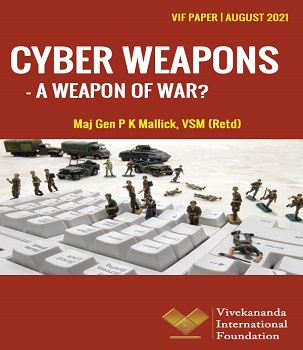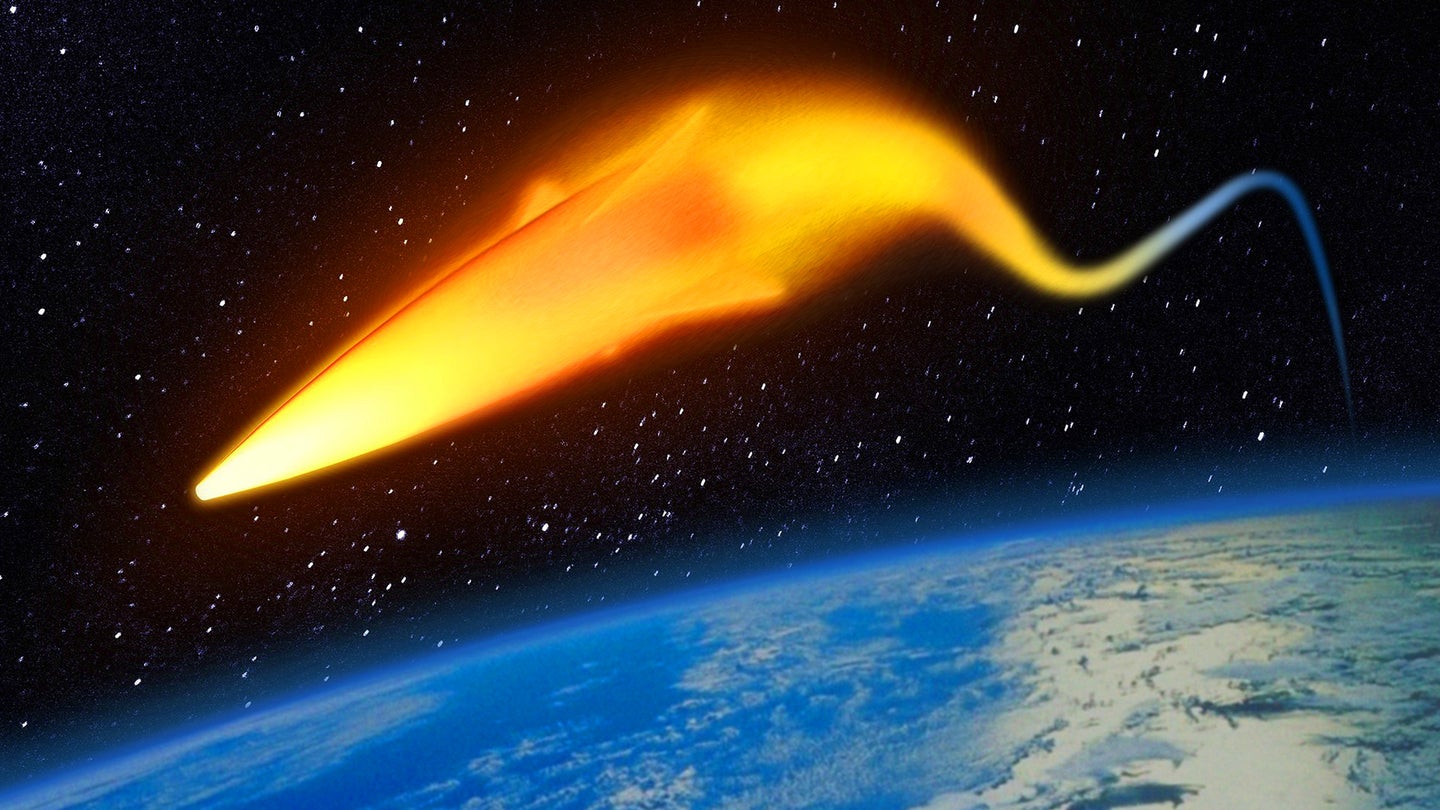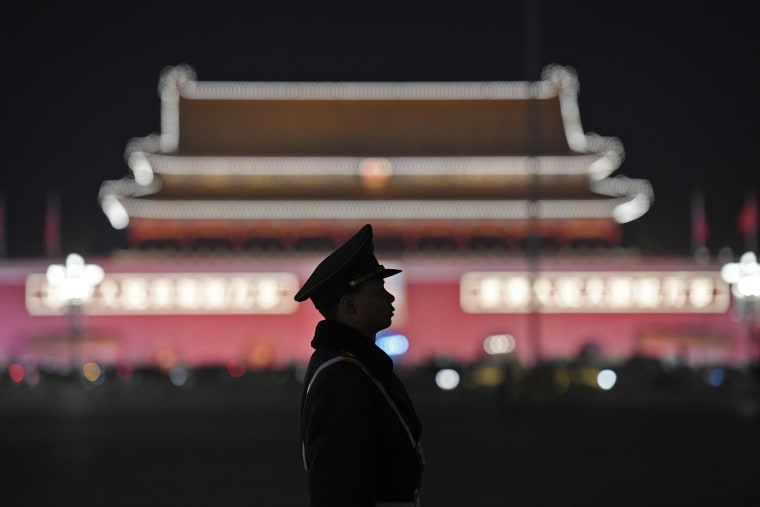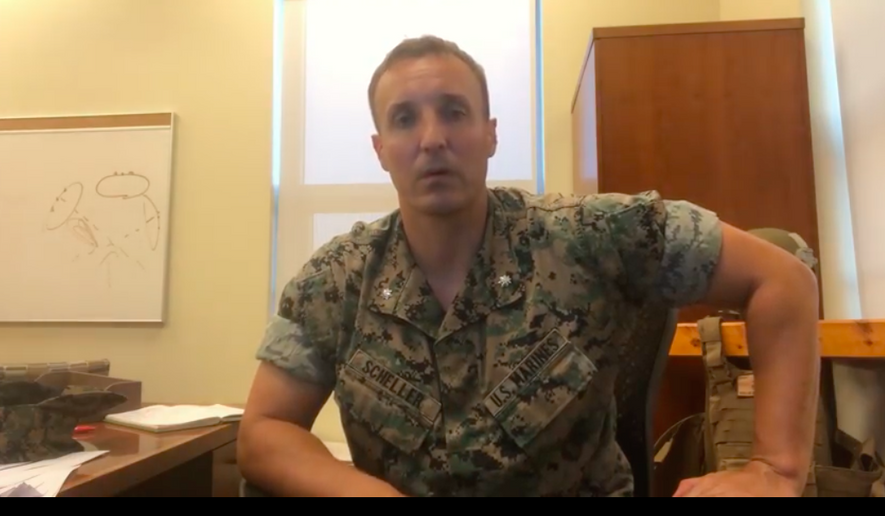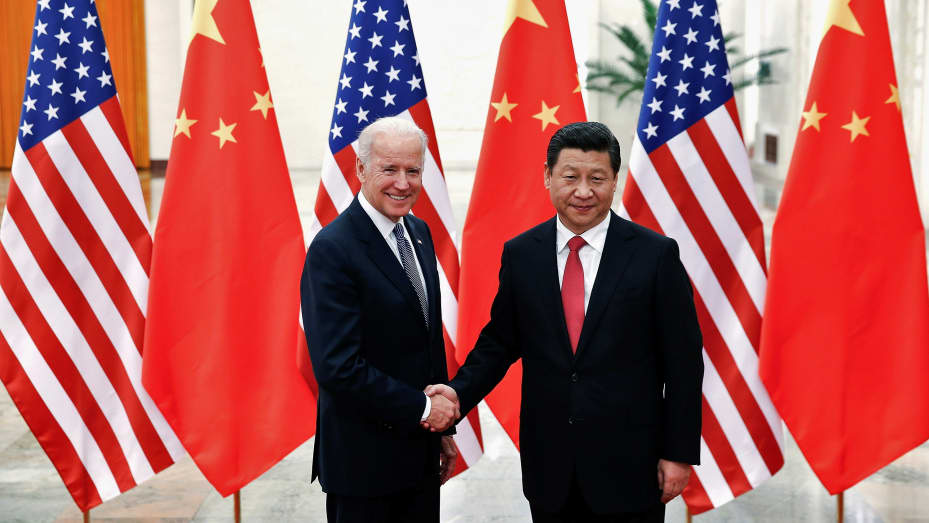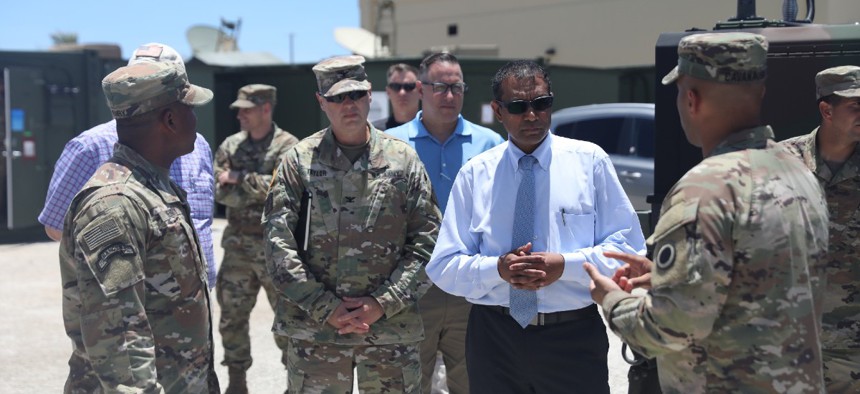As technology continues to progress rapidly, so does its impact on modern warfare. As the world moves deeper into the era of great power competition, this becomes an even more important area to watch. The United States and China are both pursuing high technology very rapidly and with substantial resources. We describe this as a race, but it is one without end (hopefully) and will require endurance, stable policies, and steady funding if the U.S. is to continue to stay ahead of China and all the other competitors around the globe. The field of Artificial Intelligence, or AI, exemplifies this requirement. AI is more than just science fiction, it is science fact, and it progresses every single day. And while a ‘generalized AI’ is far off in the future, practical applications of AI continue to grow. From rapidly combing through imagery, deciphering information for pattern recognition, and controlling swarms of UAVs, the applications for AI in the military and security realm abound. That is why CASI is so pleased to present Ryan Sullivan’s work in this field.
Lieutenant Colonel Sullivan is an Army pilot by trade, who lived and studied at the prestigious Fudan University in Shanghai, China, as an Olmsted Scholar. He was one of just five Army officers selected that year. Ryan has taken his experience in and knowledge of China and combined that with graduate-level work in the field of Artificial Intelligence to deliver an in-depth study of the critical elements of U.S.-China competition in Artificial Intelligence.
Already recognized and receiving attention from the technologists within the military, up to the most senior levels, we are excited to make this work available to a broader audience, who are concerned with all manner of issues that AI will affect, now and in the future. We know you will find this study useful, and potentially a little unsettling, which is just what we are aiming for.
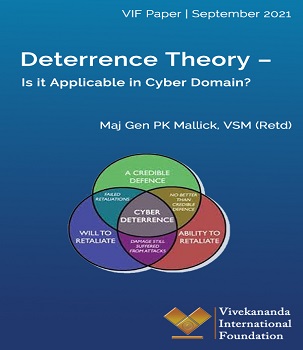 The Deterrence Theory was developed in the 1950s, mainly to address new strategic challenges posed by nuclear weapons from the Cold War nuclear scenario. During the Cold War, the U.S. and the Soviet Union adopted a survivable nuclear force to present a ‘credible’ deterrent that maintained the ‘uncertainty’ inherent in a strategic balance as understood through the accepted theories of major theorists like Bernard Brodie, Herman Kahn, and Thomas Schelling.1 Nuclear deterrence was the art of convincing the enemy not to take a specific action by threatening it with an extreme punishment or an unacceptable failure.
The Deterrence Theory was developed in the 1950s, mainly to address new strategic challenges posed by nuclear weapons from the Cold War nuclear scenario. During the Cold War, the U.S. and the Soviet Union adopted a survivable nuclear force to present a ‘credible’ deterrent that maintained the ‘uncertainty’ inherent in a strategic balance as understood through the accepted theories of major theorists like Bernard Brodie, Herman Kahn, and Thomas Schelling.1 Nuclear deterrence was the art of convincing the enemy not to take a specific action by threatening it with an extreme punishment or an unacceptable failure.